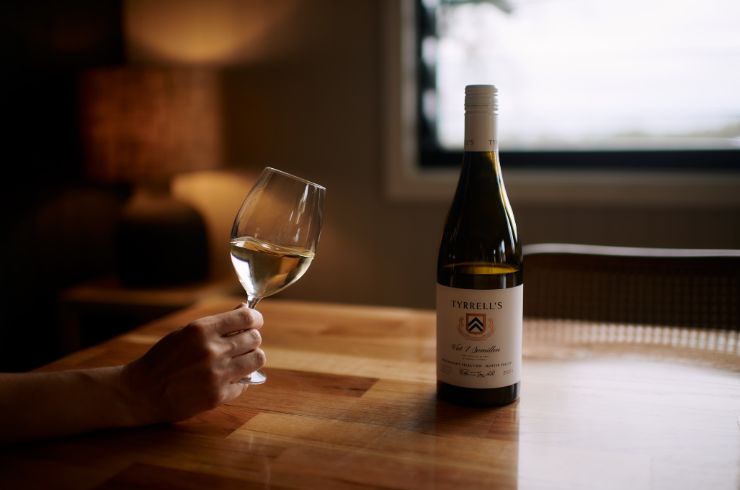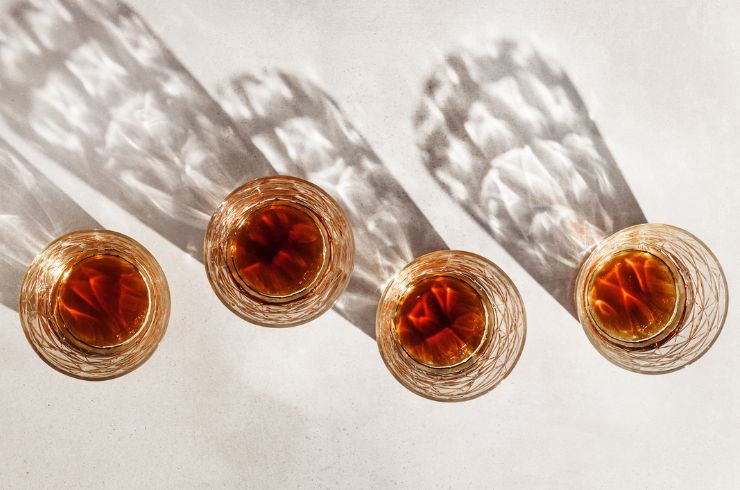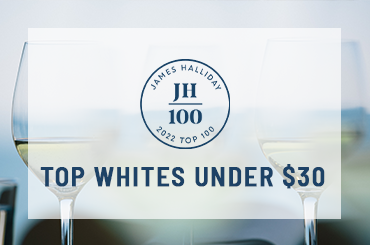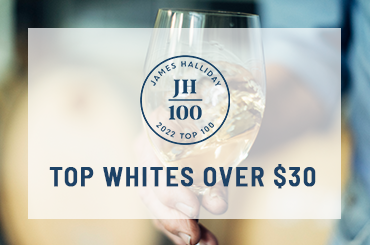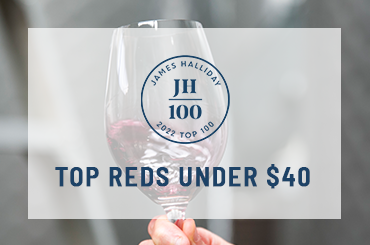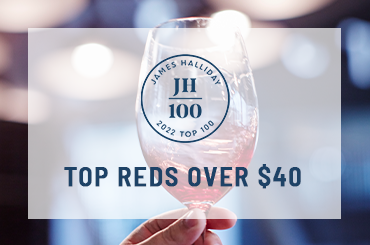The 941 bottles submitted for this year’s Top 100 were just under 100 more than last year’s total (844). As I had done for some years, I invited the best performing wineries (303) in my database to submit a limit of six of their best wines. The overall high quality of those submitted was underwritten by the strength of the white wines from 2022 in the under $30 group, and by the great 2021 vintage which had such an impact on the red wines both under and over $40.
The ever-difficult task of choosing between wines of near-identical worth led to my decision to largely restrict each winery to one place in the 80-table wine group. The heat of the battle meant that five wineries ended up with two wines each, the remaining 70 places to 70 different wineries.
Which, in a manner of speaking, is the calm before the storm. The latest challenge in the eastern half of Australia is the seeming never-ending rain and flooding thanks to La Niña. And there’s no end in sight, with the Bureau of Meteorology suggesting La Niña will continue into next year, albeit with a reduction in intensity. As humidity increases with warmer spring months, so will disease pressure, downy mildew the leader of the band, botrytis the big bass drum.
Covid biotypes continue to appear – their threat both physical and mental. Provided lockdowns don’t reappear (Melbourne the most ‘locked down’ city in the world 2020-21, an award now held by China) long-lasting changes in cellar door comfort (seated tastings, knowledgeable staff, etc) and more sophisticated wine club selling are side lights of the shift from commercial (under $10) to premium (that ghastly word ‘premiumisation’ now in general – but not my – use). All bets are off if there is a fully fledged global plunge into recession. If, however, the US can perform a miracle, and the AUD weakens further, export markets in the US and Canada (plus outliers such as Malaysia and Thailand) will flourish.
For the 12 months to September 30 the value of Australian exports declined by 11 per cent, and volume declined 1 per cent to 627 million litres (the equivalent of 70 million 9-litre cases). The decimation of the Chinese market caused a loss of $253 million in export value, but the ongoing impact will diminish as exports to all other markets than China declined by only 0.2 per cent (to $1.99 billion).
The domestic market is still congested, and hence highly competitive, and is unable to absorb the diminished loss of exports. Wine Australia’s National Vintage Report for 2022 was headlined by a national crush of 1.73 million tonnes, 13.5 per cent below the 2021 record of 2.01 million tonnes, and 2 per cent below the 10-year average. The Clare Valley was the only South Australian region to increase the value (by a very healthy 32 per cent) of its intake, riesling the star performer. Led by the Hunter Valley, up 38 per cent, all New South Wales regions (outside the irrigation areas) increased their crush.

Victoria was a mixed broth, the biggest losers the Mornington Peninsula (-47 per cent), Grampians (-42 per cent) and Yarra Valley (-40 per cent). Margaret River (+8 per cent) easily offset Great Southern’s loss of 15 per cent (simply because Margaret River dwarfs all regions other than Great Southern). But it did have its own surprises, with the crush of each of sauvignon blanc and semillon equal at 5200 tonnes, leaving chardonnay on 3800 tonnes, and outgunned by cabernet sauvignon (4950 tonnes) and shiraz (4200 tonnes).
Looking at the major varieties (the top 10 red and white) across the nation, there was an eerie decline of 19 per cent for shiraz, cabernet sauvignon, merlot and pinot noir; only durif and malbec registered increases. All bar gewürztraminer declined in the top 10 white varieties.
The Wine Australia Vintage Report has 19 pages of introductory material and 64 pages of detailed statistics arranged region by region, and variety by variety. A single page (16) provides headline by headline, line by line, figures that contain very interesting nuggets of information. Column 1 lists the varieties, column 2 is the estimated tonnes per variety; 3 is percentage change (versus 2021) in tonnes; 4 is the average purchase price paid per tonne; 5 is percentage change in price; and 6 is the total value of each variety. The value of the top 10 red and white varieties are detailed, with a line for other red and other white.
Reading the tea leaves, there is no chance whatsoever that shiraz’s position as number one will be challenged, even though its $338 million value slid back 19 per cent. That of cabernet sauvignon’s $191 million share (down 19 per cent) is also clear. It’s what happens next that will bring roars of approval from most consumers. Pinot noir ($69 million) has broken the faltering hold of merlot ($49 million) on third place. These two (like shiraz and cabernet sauvignon) saw their tonnes fall by 19 per cent, but pinot noir’s purchase price averaged $1200/tonne, merlot $473/tonne.
Think how few merlots there are outside Margaret River: none have gained selection in the Top 100 since 2018. The primary use of its soft fruit palate is to fill out blends with other red varieties. Pinot noir is either partnered with chardonnay to produce sparkling wine, or as a 100 per cent varietal. Growth in Tasmania’s mature plantings won’t soften demand but will drive further growth in vineyard area.
The red variety showing a clean pair of heels to every other top red 10 is grenache. Its price of $1319/tonne was the highest across all white and red varieties, the 5 per cent increase all alone (except for a 1 per cent increase for mourvedre).
The spoils of war were more evenly spread with the white varieties once you’ve moved past chardonnay’s $202 million at the head of the pack. Next in line are sauvignon blanc ($74 million), pinot gris ($51 million), semillon ($28 million) and riesling ($26 million, and with a price per tonne of $1171). In closing, there’s prosecco, bringing $960/tonne and hence $15.2 million.
See the complete list of Top 100 wines.
Shop wines from the 2022 Top 100 at Sense of Taste.
Join us at Sydney's Campbell's Stores on November 29 to celebrate James Halliday's Top 100.
Taste some of the wines crowned in the Top 100, along with other standout offerings from the wineries. Speak to the winemakers, and purchase directly from the producers. Tickets are $149 (+ booking fee) and are available from Eventbrite.
James Halliday’s Top 100 features in The Weekend Australian Magazine on November 19.
Some wines in this year's selection also feature on this site with notes by other Tasting Team members – as reviewed for Halliday Wine Companion.


